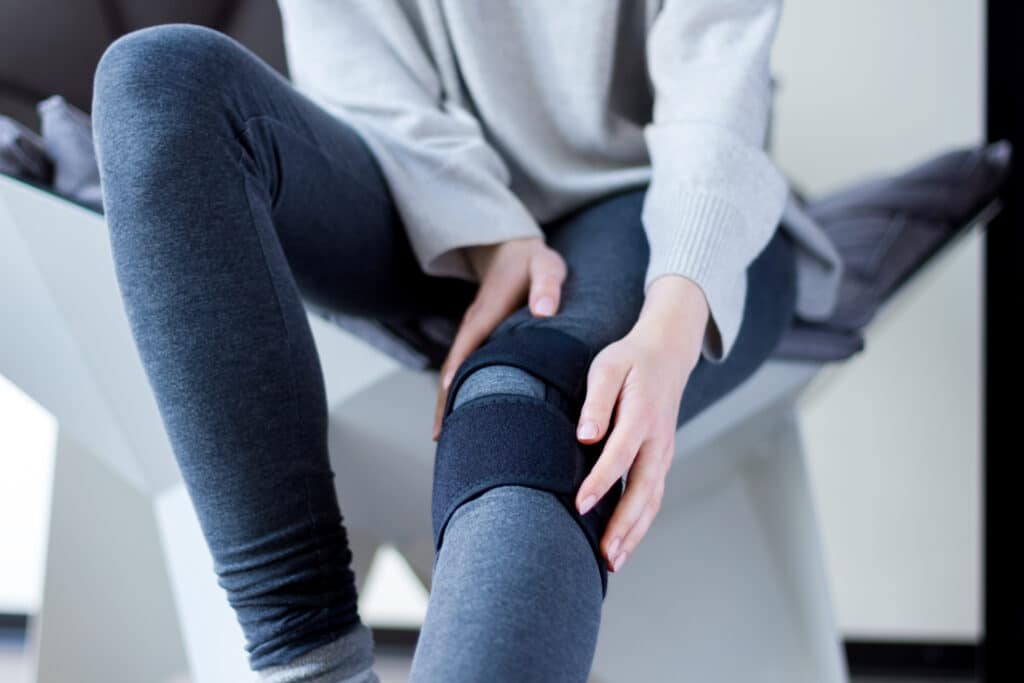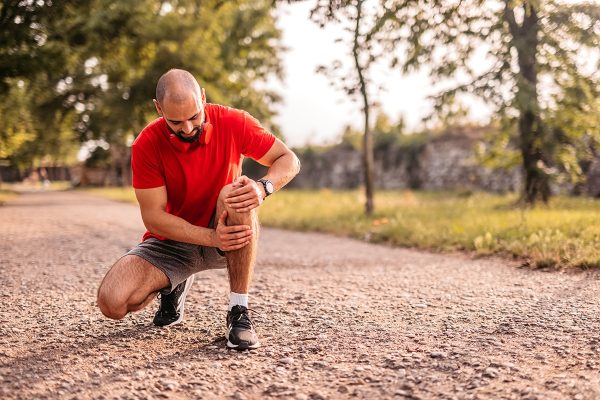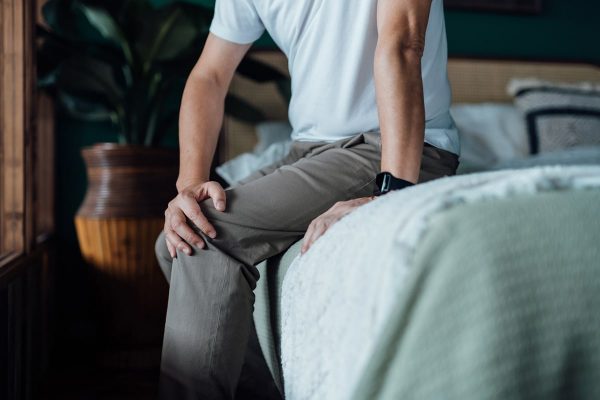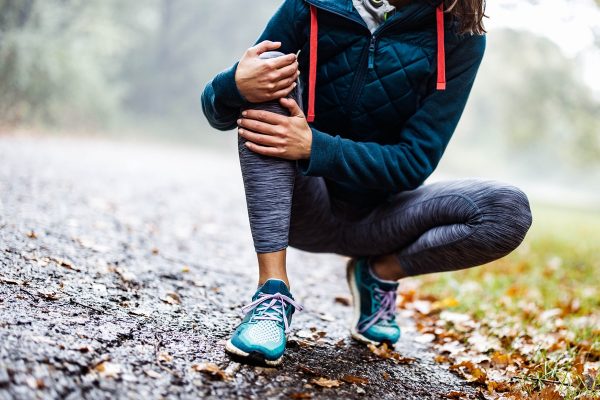
Lateral collateral ligament (LCL) sprains can be debilitating, affecting mobility and causing discomfort. One common question among individuals dealing with this injury is whether heat or ice therapy is more effective in managing the pain and promoting healing. Let’s delve into this debate and explore how CARESPACE Health+Wellness can provide comprehensive support for LCL sprain treatment through the collaboration of physiotherapists and chiropractors.
Understanding LCL Sprains:
Before delving into the heat versus ice debate, it’s crucial to understand what an LCL sprain entails. The lateral collateral ligament is located on the outer side of the knee and plays a vital role in stabilizing the joint. LCL sprains typically occur due to sudden twisting motions or direct impact to the knee, leading to stretching or tearing of the ligament.
Ice Therapy: Cooling Down Inflammation
Ice therapy, also known as cryotherapy, involves applying cold packs or ice to the affected area. This treatment option is widely used in the acute phase of injuries, including fixing LCL sprains, to reduce inflammation, alleviate pain, and numb the area. By constricting blood vessels and slowing down nerve impulses, ice therapy helps in minimizing swelling and discomfort.
When to Use Ice Therapy for LCL Sprains:
Ice therapy is particularly beneficial in the initial stages of an LCL sprain when inflammation is at its peak. Applying ice for 15-20 minutes every few hours can provide significant relief, especially when accompanied by rest and elevation. However, it’s essential to avoid applying ice directly to the skin to prevent frostbite, using a barrier such as a cloth or towel.
Heat Therapy: Loosening Up Muscles and Enhancing Blood Flow
In contrast, heat therapy involves applying warmth to the affected area, typically through heating pads, warm compresses, or warm baths. Heat promotes vasodilation, which increases blood flow to the injured area, relaxes muscles, and improves flexibility. This can be particularly beneficial during the later stages of healing when stiffness and muscle tension become prominent.
When to Use Heat Therapy for LCL Sprains:
While ice therapy is preferred during the acute phase of LCL sprains, heat therapy can be more beneficial during the subacute or chronic stages. Heat helps in easing muscle tightness, improving range of motion, and promoting tissue healing by enhancing circulation. Applying heat for 15-20 minutes before engaging in gentle stretching exercises or physiotherapy sessions can aid in loosening up the affected area.
CARESPACE Approach to LCL Sprains:
At CARESPACE Health+Wellness, our integrated approach to healthcare ensures that individuals with LCL sprains receive comprehensive and personalized care. Our team of multidisciplinary practitioners, including physiotherapists and chiropractors, collaborates to develop tailored treatment plans that address the root cause of the injury and promote optimal recovery.
Physiotherapists play a crucial role in rehabilitating LCL sprains by focusing on exercises and therapies aimed at improving strength, flexibility, and range of motion. Through targeted interventions such as manual therapy, ultrasound, and exercise prescription, physiotherapists help individuals regain function and prevent future injuries, and help them understand LCL sprain treatment.
Chiropractors, on the other hand, specialize in spinal manipulation and joint mobilization techniques that can complement physiotherapy in the treatment of LCL sprains. By realigning the spine and ensuring proper biomechanics, chiropractors help in reducing stress on the knee joint and facilitating the healing process.
Collaboration between physiotherapists and chiropractors at CARESPACE ensures that individuals with LCL sprains receive holistic care that addresses both the structural and functional aspects of their condition. By combining evidence-based treatments with a client-centered approach, we empower individuals to achieve their health goals and lead active, pain-free lives, offering the best way to treat LCL sprains.
When it comes to managing LCL sprains, both heat and ice therapy have their roles to play depending on the stage of injury and individual preferences. While ice therapy is beneficial for reducing inflammation and alleviating pain during the acute phase, heat therapy can help in promoting circulation and relieving muscle tension during the later stages of healing. At CARESPACE Health+Wellness, our collaborative approach involving physiotherapists and chiropractors ensures that individuals with LCL sprains receive comprehensive care tailored to their unique needs, facilitating a faster and more effective recovery process.




